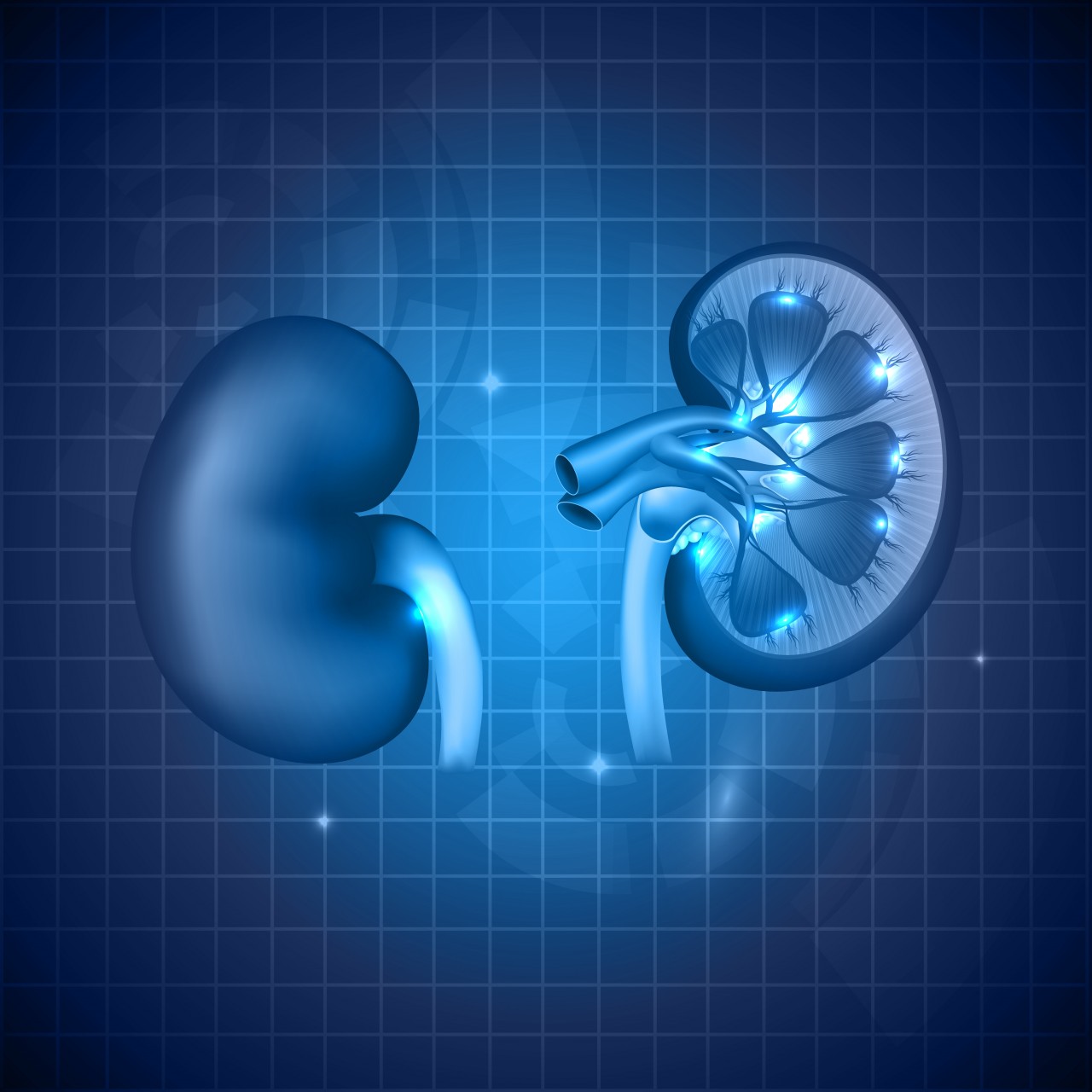A catheter approach used to create an endovascular autogenous fistula in patients with chronic kidney disease (CKD) appears to be a safe procedure and is likely superior to surgery for this population, according to preliminary results of a study presented at the recent Vascular Interventional Advances annual meeting (VIVA 15).
Arteriovenous fistulas, an abnormal connection or passageway between an artery and a vein, are recommended for hemodialysis access but are suboptimally used due to maturation failure, patients’ unwillingness to undergo surgery, and inadequate vessels. “With these challenges, there can be a lot of cost to both the patient and the health care system,” Dr. Charmaine E. Lok, the study’s author, said in a recent news release. “We need to find another option for creating that arteriovenous fistula.”
Dr. Lok and colleagues conducted a prospective multicenter study in 80 patients with late-stage kidney disease (NEAT study) to characterize the safety and efficacy of creating endovascular arteriovenous fistula (endoAVF) using the everlinQ system (TVA Medical). The system is minimally invasive, using radiofrequency energy to produce an anastomosis between different vessels without open surgery. Of the total patients, 68% were men, 65% had a body mass index greater than 25 kg/m2, and 61% had diabetes. Before the procedure, 50% were predialysis and 49% were using a central venous catheter.
According to the researchers, the endovascular system for arteriovenous fistula creation comprises two 6F catheters aligned through rare-earth magnets. The venous catheter has a radiofrequency electrode while the arterial catheter a ceramic backstop. “So what happens is that these catheters go into their respective vessels, the magnets bring the vessels together, they align so [the electrode and the backstop] are in alignment, the electrode is depressed, and radiofrequency energy is given to create a fistula,” Dr. Lok said. “The catheters are removed, and there is nothing left in the body.”
The results revealed an endoAVF was successfully created in 79 of the 80 patients, denoting a 99% procedural success. At week four, the rate of thrombosis was 3.75%. At one month, the team determined that an endoAVF might be appropriate for dialysis based on the observed increase in brachial artery flow (from a mean of 80 mL/min at baseline to a mean of 876 mL/min at one month). The results also revealed that at one month, there was a statistically significant increase in vein (cephalic, brachial, median cubital) diameters beyond 4 mm. The one failure was due to non-optimal positioning of the device before radiofrequency, Dr. Lok said.
“The technique is safe, reproducible, and has a low thrombosis rate,” she concluded. “Early ultrasound results suggest that the endofistula may be physiologically suitable for dialysis, and the long-term follow-up will reveal the functional patency and clinical utility of the endofistula.”

